After another great
breakfast
buffet at the Asian hotel in Hue, we boarded the bus for the drive
to Hoi An. The drive through the city gave us a chance to absorb the local
colour. Bill sat up front beside the driver -- a great vantage point to
photograph the sights as they passed by. The city streets were very well
kept and often divided by medians with well manicured shrubs and flowers.
Leaving the city the ride was rougher in spots with construction and speed
limit restrictions.
The view of the mountains and
coast in the distance was spectacular and there was an abundance of rice
farming and agricultural use in the fields. There were cemeteries and villages
and also much activity on the lakes. The railway from Hue to Hoi An ran
parallel the highway in the distance. Down in the valley we could see construction
on what appeared to be a railroad tunnel. In the distance to our left we
could see the new major highway and the tunnel entrance which shortened
the drive time to Da Nang, but we took the longer winding route over the
Annamite
Range via Hai Van Pass -- much more scenic than driving many kilometres
surrounded by tunnel walls. Most of the traffic now takes the shorter tunnel
route leaving the older winding highway to tourists and trucks with cargos
too dangerous to be allowed into the tunnels. At times when this road is
closed due to fog, heavy rains, landslides or accidents the alternate tunnel
highway has to be taken.
Our driver met and passed traffic
on hairpin turns. Roadside domestic goats also lived dangerously as they
grazed in the steep narrow ditches, a metre or so from the passing traffic.
At the crest, we stopped at a strategic viewpoint where yet again, a long-ago
king tried to emulate the Chinese and started to build a Great Wall --
he got only as far as a small fortress. There were also more recent concrete
bunkers that had been built by the French and the Americans, since this
crest had at one time marked the division between North and South Vietnam.
These fortifications didn't
protect us from the aggressive vendors in shops strung out along the roadside.
The rule was that if the travellers wanted to use the "happy room" they
would have to purchase something. The sellers descended upon us using every
known hard-sell technique to sell drinks, confectionary, stacks of souvenirs,
and junk. We bought drinks and ice cream, but Sue-On made the mistake of
showing an interest in wooden bracelets made from scented agar wood. They
were an unusual item that was new to her and she was attracted by the cinnamon
scent. She suspected though, that most of the scent came off the salesgirl's
hands. The nicest one started at US$60 but she haggled and the price came
down to $50. . . we walked away to climb the trail past the bunkers leading
to a spectacular view of the distant sea.
When we returned to our bus parked
by the sales stalls, the bracelet girl suddenly appeared out of nowhere
with a series of last-ditch pitches . . . the last shout that Sue-On heard
as we boarded the bus was, "For you ma'am. . . Special . . . $15!"
Our winding journey down the
mountain to Da Nang was uneventful. As we approached Da Nang we drove alongside
the very picturesque beach. Entering the built-up area, hotels lined the
road -- one that really stood out was called ELVIS. In the distance we
could see the bridges that crossed the Han River -- one of which we would
eventually cross over after passing through much of the crowded city. Da
Nang was an important American air base during the Vietnam War (known as
the American War here) and we passed buildings and display aircraft that
had been a part of that operation.
After crossing the very impressive
bridge over the Han River, we started to see roadside displays of marble
statues and we soon passed Marble Mountain with its elevator tower, pagodas,
communication towers, and stone mining scars. Our bus companion, Vietnam
War vet James, had been stationed in this area and would later make plans
to return to explore his old haunts. We arrived at our Hoi An hotel, Vinh
Hung II, and after a short rest we prepared to invade the Old Quarter and
partake of a late
lunch.




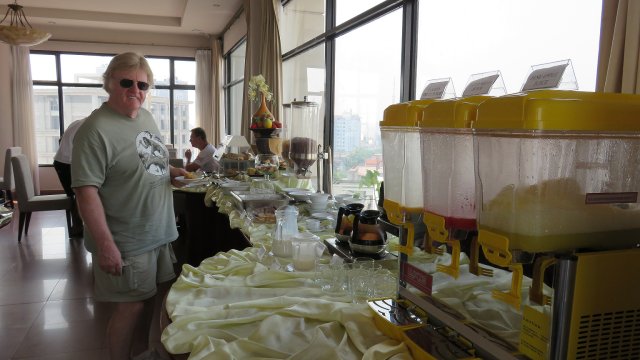
![]()
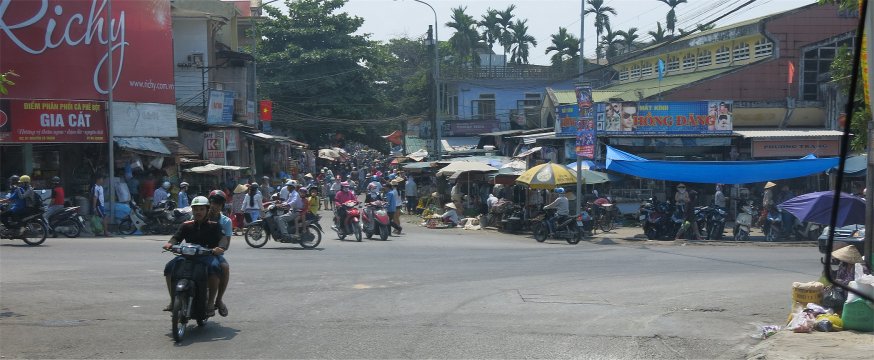
![]()
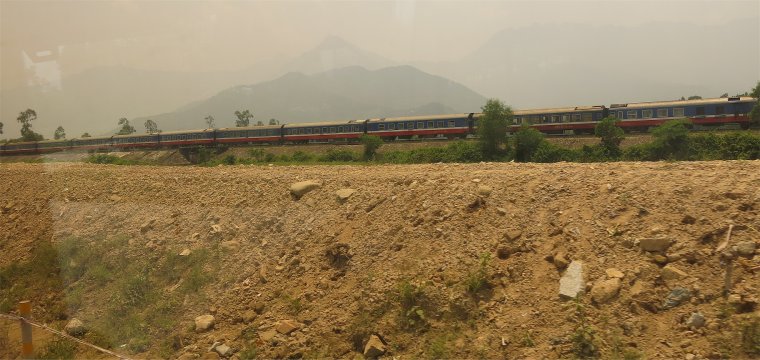
![]()
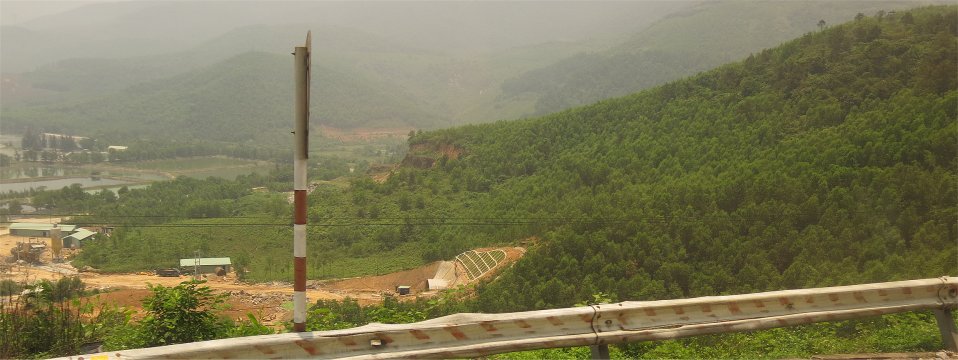
![]()
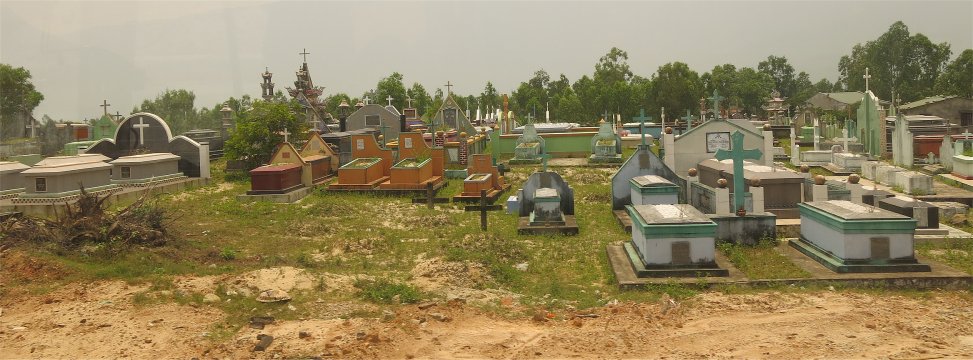
![]()
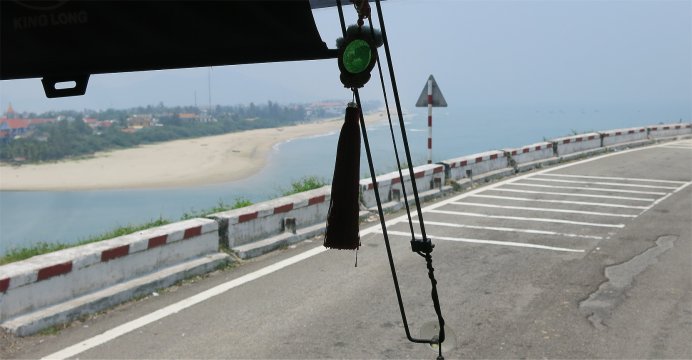
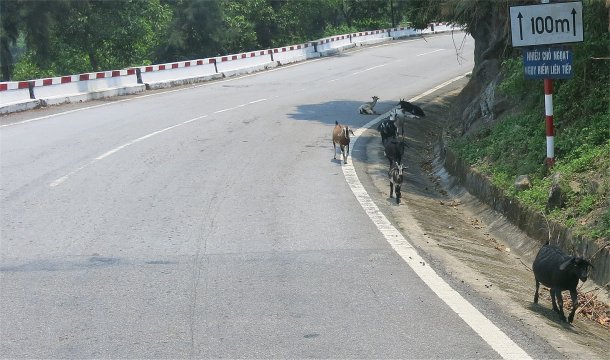
![]()
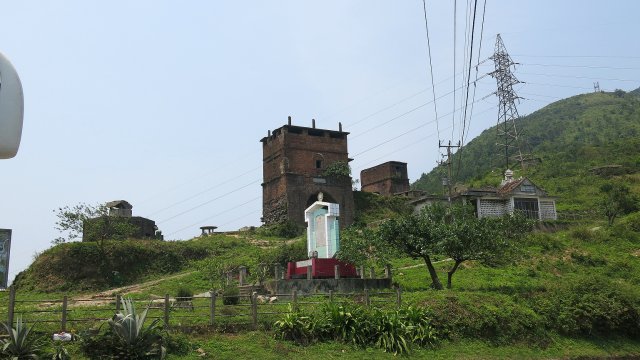
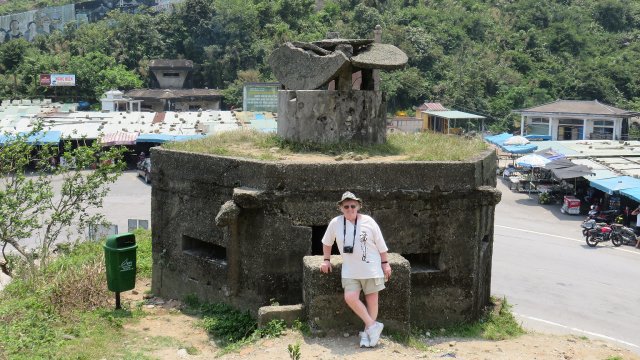
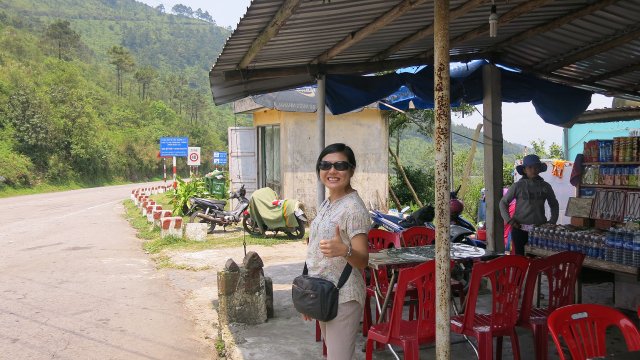
![]()
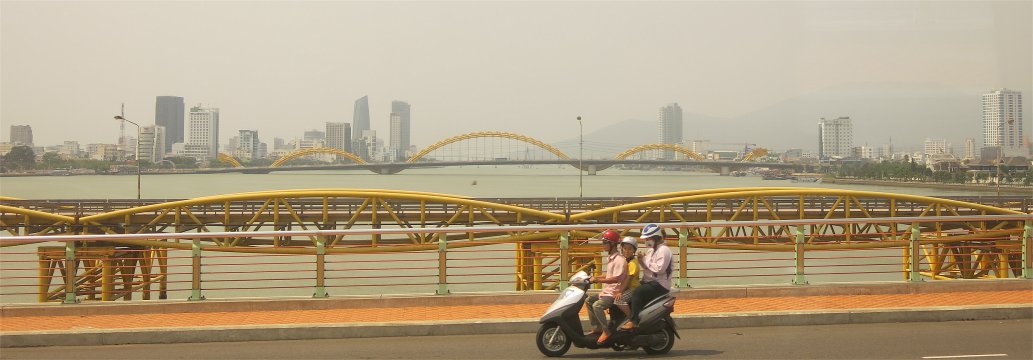
![]()
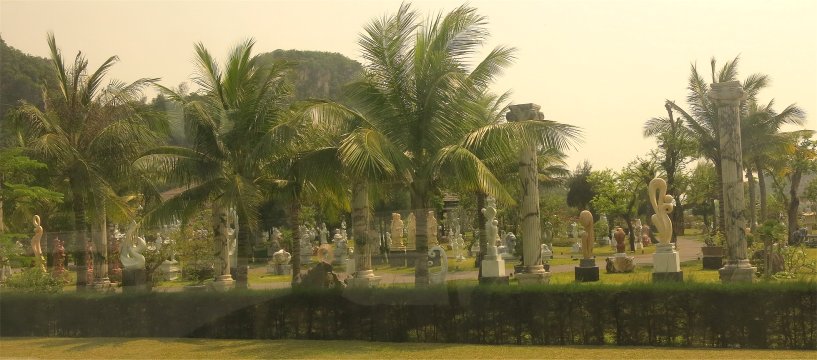
![]()
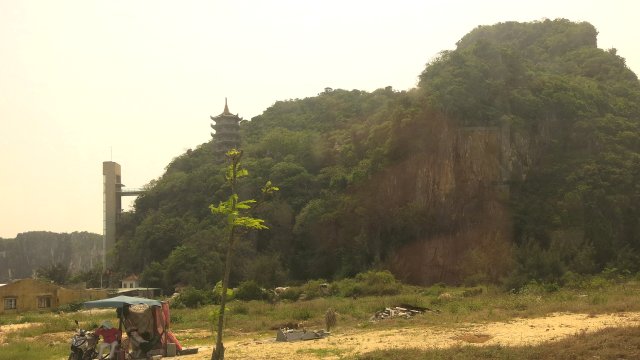
![]()
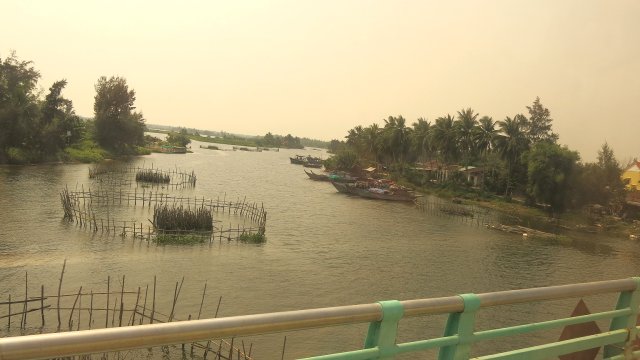
![]()
![]()